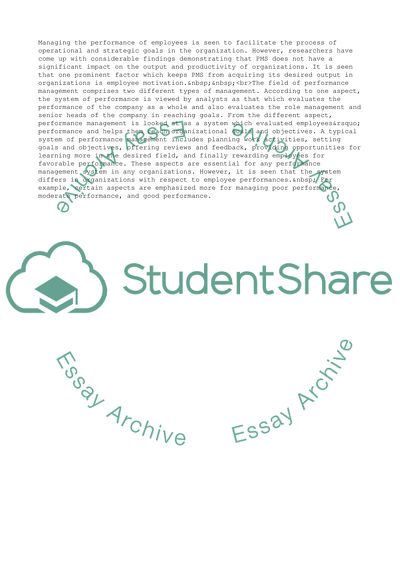Cite this document
(“Rethinking Performance Management Research Paper - 1”, n.d.)
Rethinking Performance Management Research Paper - 1. Retrieved from https://studentshare.org/management/1773676-rethinking-performance-management
Rethinking Performance Management Research Paper - 1. Retrieved from https://studentshare.org/management/1773676-rethinking-performance-management
(Rethinking Performance Management Research Paper - 1)
Rethinking Performance Management Research Paper - 1. https://studentshare.org/management/1773676-rethinking-performance-management.
Rethinking Performance Management Research Paper - 1. https://studentshare.org/management/1773676-rethinking-performance-management.
“Rethinking Performance Management Research Paper - 1”, n.d. https://studentshare.org/management/1773676-rethinking-performance-management.


